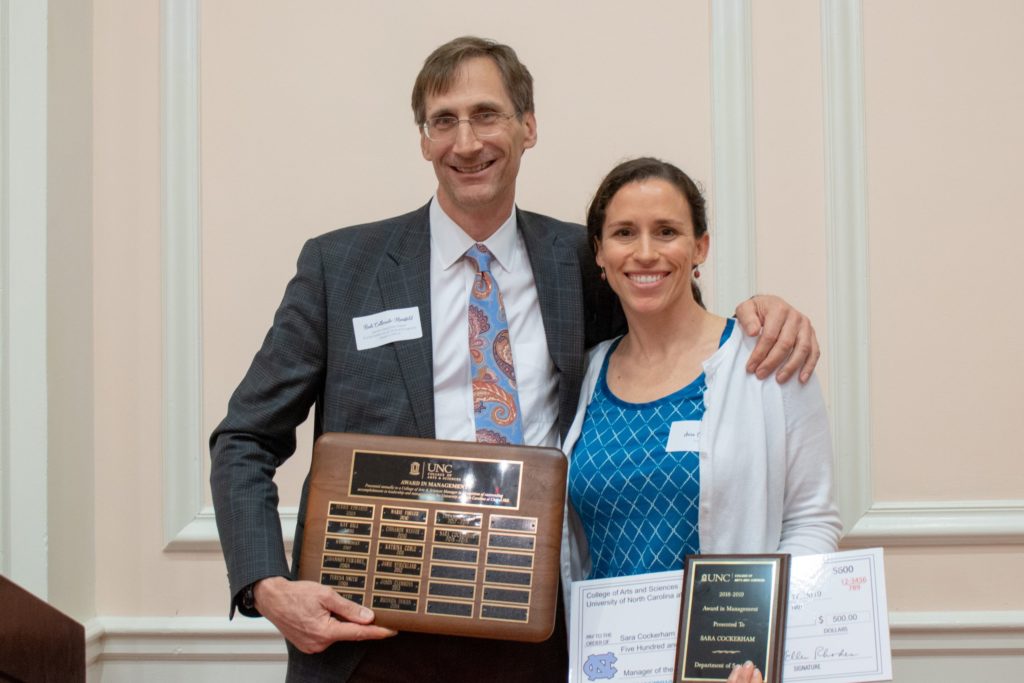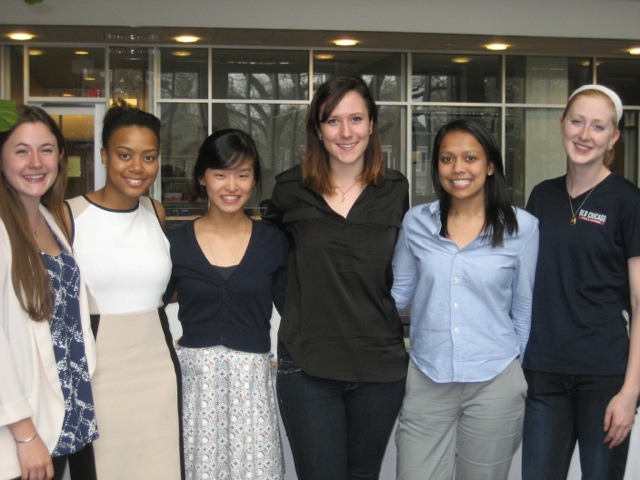
A new study released Feb. 8 by the Triangle Center on Terrorism and Homeland Security documents that concerns of counterterrorism officials about a potential wave of homegrown violent extremism have not materialized over the past two years. The study, “Muslim-American Terrorism in the Decade Since 9/11,” reports that 20 Muslim-Americans committed or were arrested for violent terrorist crimes in 2011, down from 26 in 2010 and 49 in 2009.
The full report is available on the center’s website (http://sanford.duke.edu/centers/tcths). The center is a consortium of the University of North Carolina at Chapel Hill, Duke University and RTI International.
Since 9/11, 193 Muslim-Americans have been arrested or convicted of violent terrorism offenses, making 2011 about an average year for such offenses.
“Muslim-American terrorism continued to be a miniscule threat to public safety last year. None of America’s 14,000 murders in 2011 were due to Islamic extremism,” said Charles Kurzman, author of the study and professor of sociology in the College of Arts and Sciences at UNC. “The challenge is for Americans to be vigilant about potential violence while keeping these threats in perspective.”
“Those who predicted an inevitable, rapid increase of homegrown violent extremism among Muslim-Americans were wrong,” said David Schanzer, director of the center and professor of public policy at Duke. “While homegrown radicalization is still a problem, the offenders from 2011 were less skilled and less connected with international terrorist organizations than the offenders in the prior two years. Hopefully, the seriousness of this threat will continue to decline in the future.”
The study also reported that 462 Muslim-Americans have been arrested for nonviolent support of terrorism since 9/11. The number of offenders has declined dramatically since 9/11, with 343 offenders in the first five years after 9/11 and 119 since then. Eight Muslim-Americans were charged with nonviolent support for terrorism in 2011, down from 27 in 2010.
The amount of funds at issue in these cases also declined over time. The four cases in 2011 all involved less than $100,000. Thirteen of 23 cases since 2008 also involved less than $100,000. Before 2008, 24 out of 34 of the cases involved more than $100,000, and 11 cases involved more than $1 million.
The study also reported that:
- Of the 20 offenders in 2011, only one was accused of executing a terrorist attack, down from six attacks in 2010 (including the Times Square attempted bombing and five individuals who joined militants in Somalia and Yemen).
- The 20 offenders from 2011 do not match any ethnic or racial “profile.” They are 30 percent Arab, 25 percent white, and 15 percent African-American. This diversity is consistent with prior years.
- 40 percent of the offenders in 2011 were converts compared to 35 percent of all offenders since 9/11.
- Only two of the 20 offenders received terrorism training abroad, compared to eight in 2010 and 28 in 2009.
- Muslim-Americans continued to be a source of initial tips alerting law-enforcement authorities to violent terrorist plots. Muslim-Americans turned in two of 14 individuals in 2011 whose initial tip could be identified, bringing the total to 52 of 140 since 9/11.
- 4 out of 20 of the perpetrators in 2011 had military experience. This was a much higher percentage than the group of all offenders since 9/11 (15 out of 193).
- None of the 2011 perpetrators were Somali-Americans, compared to three in 2010 and 18 in 2009.




